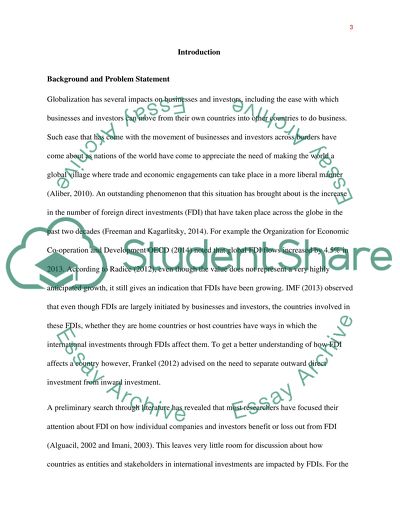Cite this document
(“Advantages and Disadvantages of Foreign Direct Investment (FDI) for Essay”, n.d.)
Advantages and Disadvantages of Foreign Direct Investment (FDI) for Essay. Retrieved from https://studentshare.org/finance-accounting/1665389-advantages-and-disadvantages-of-foreign-direct-investment-fdi-for-germany-11101
Advantages and Disadvantages of Foreign Direct Investment (FDI) for Essay. Retrieved from https://studentshare.org/finance-accounting/1665389-advantages-and-disadvantages-of-foreign-direct-investment-fdi-for-germany-11101
(Advantages and Disadvantages of Foreign Direct Investment (FDI) for Essay)
Advantages and Disadvantages of Foreign Direct Investment (FDI) for Essay. https://studentshare.org/finance-accounting/1665389-advantages-and-disadvantages-of-foreign-direct-investment-fdi-for-germany-11101.
Advantages and Disadvantages of Foreign Direct Investment (FDI) for Essay. https://studentshare.org/finance-accounting/1665389-advantages-and-disadvantages-of-foreign-direct-investment-fdi-for-germany-11101.
“Advantages and Disadvantages of Foreign Direct Investment (FDI) for Essay”, n.d. https://studentshare.org/finance-accounting/1665389-advantages-and-disadvantages-of-foreign-direct-investment-fdi-for-germany-11101.


